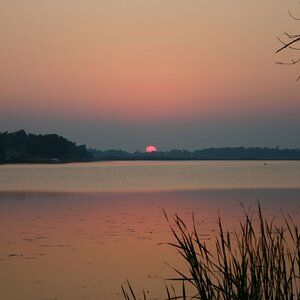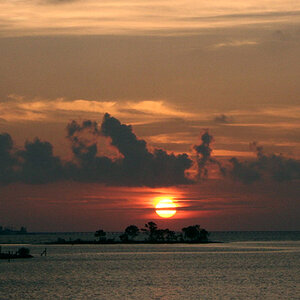- Joined
- Jul 3, 2004
- Messages
- 3,714
- Reaction score
- 531
- Location
- Here N There
- Website
- img24.photobucket.com
I was looking for information on long exposure techniques for DSLR and found this:
Pigeon Point Lighthouse | Flickr - Photo Sharing!
The photographer also explained how he took the shot.
Anyways, I got two questions on long exposures for digital:
1. Is stacking more favorable to single-shot? I can see the benefit of stacking beyond just noise, just wondering how long is too long for a DSLR for single-shot exposure.
2. Is noise reduction necessary? It takes as long as the exposure to process, which means I cannot do stacking technique. What's the right way to do it if I want to have 30min exposures without having to wait 30 more minutes and risking the battery life?
Pigeon Point Lighthouse | Flickr - Photo Sharing!
The photographer also explained how he took the shot.
Anyways, I got two questions on long exposures for digital:
1. Is stacking more favorable to single-shot? I can see the benefit of stacking beyond just noise, just wondering how long is too long for a DSLR for single-shot exposure.
2. Is noise reduction necessary? It takes as long as the exposure to process, which means I cannot do stacking technique. What's the right way to do it if I want to have 30min exposures without having to wait 30 more minutes and risking the battery life?


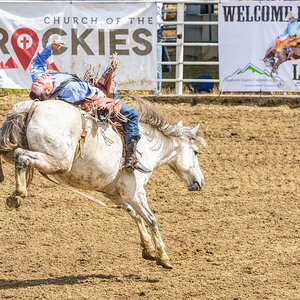
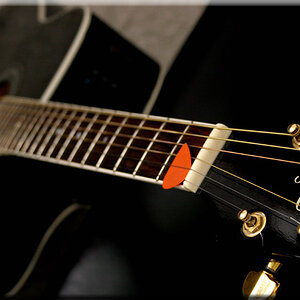
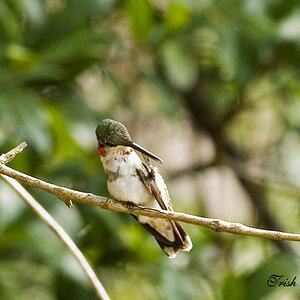
![[No title]](/data/xfmg/thumbnail/42/42064-76de02ee1a248037351c52c414af9bab.jpg?1619739997)
![[No title]](/data/xfmg/thumbnail/31/31752-fcbc5aa4a94154b9c273592aa37b8b1e.jpg?1619734991)
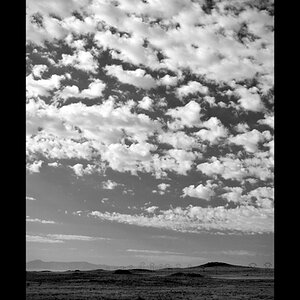
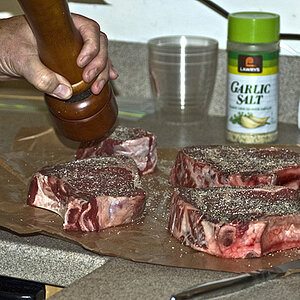
![[No title]](/data/xfmg/thumbnail/31/31750-f3936d67895e1ef2756eb06d7b15fe9c.jpg?1619734990)
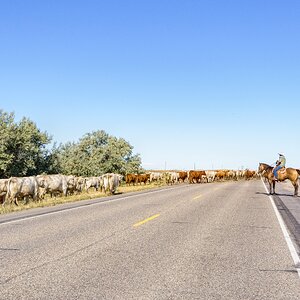
![[No title]](/data/xfmg/thumbnail/42/42273-78c0ae886bd5e6d47580353f398c92b9.jpg?1619740082)
